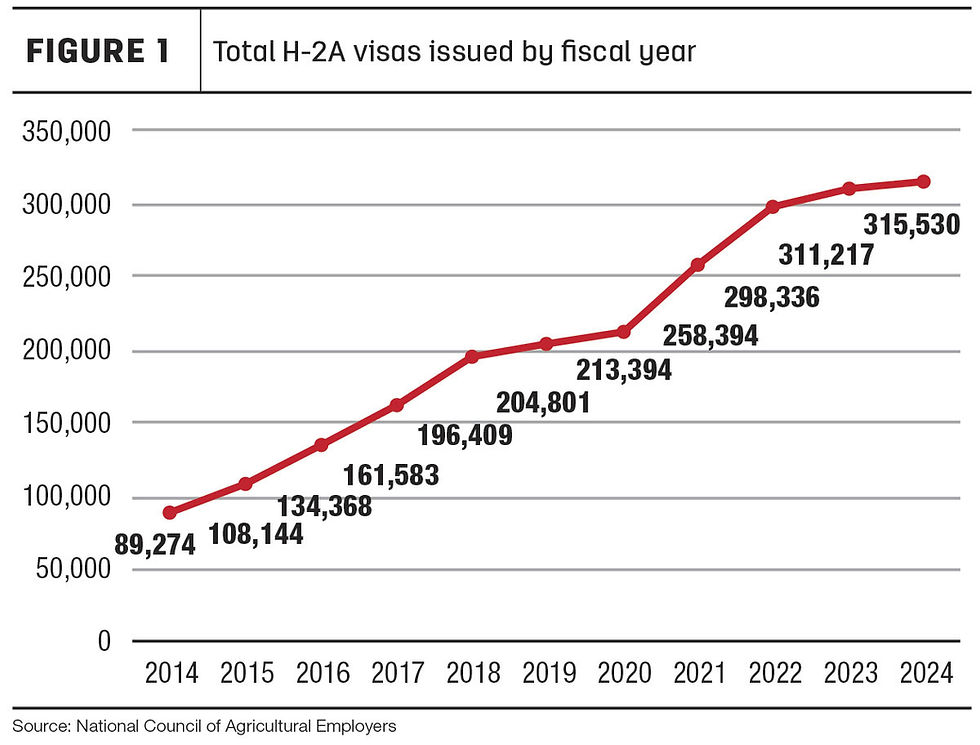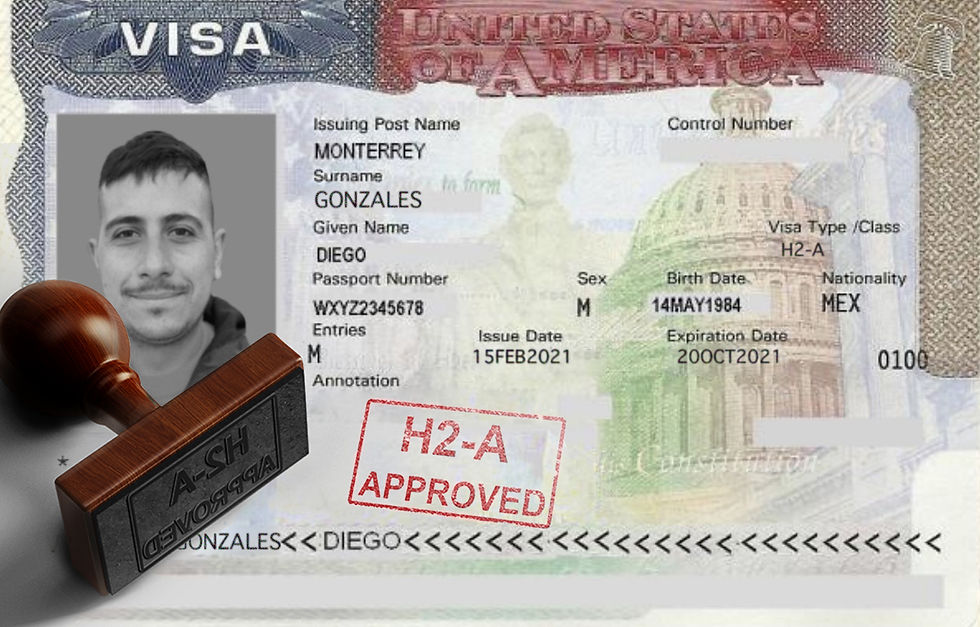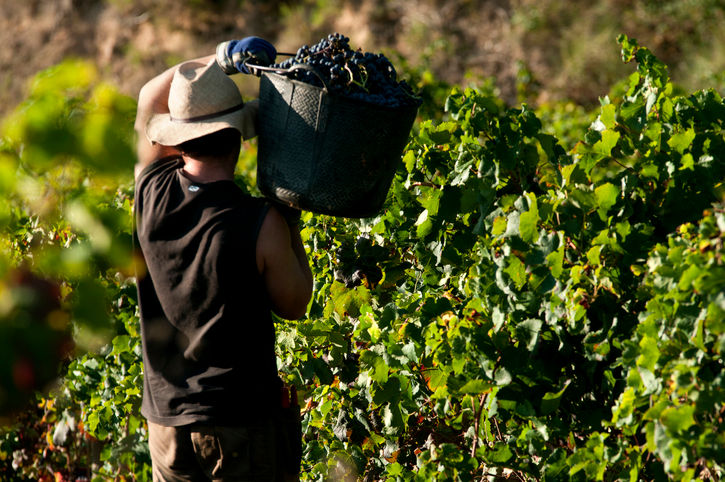No labor, no beef: The H-2A program’s ranch-saving value
- Head Honchos LLC.
- Jul 30
- 3 min read

It has become all but impossible for many producers to find skilled, reliable labor. For a quickly growing majority of America’s ranchers and farmers, the H-2A visa program is no longer optional.
Across rural America, a silent crisis is killing agricultural productivity. The labor isn’t coming. Seasoned ranch hands are retiring. Young Americans don’t want hard, outdoor work. You can deny it all you want, but without a dependable workforce, you can’t survive.
The H-2A temporary agricultural workers program isn’t a backup plan anymore – it’s the only legal, reliable and proven labor solution for the modern farmer or rancher. The question is no longer if you’ll use it, but when.
A labor shortage threatening the backbone of rural America
The U.S. cattle industry – especially in states such as Texas, Oklahoma, Kansas, Colorado and Nebraska – is the economic backbone of countless rural communities. These operations are labor-intensive and require workers for everything from calving and branding to equipment repair, fencing, pasture rotation, welding, mechanic duties, predator control and general ranch work.
But finding willing, qualified domestic labor? Practically impossible.
Young Americans are opting for urban careers. Fewer are raised with ranching knowledge once passed down through generations. This fact, along with recent deportations, have left ranchers exposed, with no consistent help.

Stop wishing. Start acting
You should be hoping for rain but praying for labor.
Every year, more farmers and ranchers turn to the H-2A program because domestic labor simply doesn’t show up. H-2A certifications jumped from 48,000 in 2005 to over 400,000 in 2024 (Figure 1). It’s not just a trend – it’s survival of the smartest.
These workers don’t show up late, call in sick or ghost you midseason. They’re determined, consistent and ready to work – branding calves, driving tractors, fixing fence, filling feeders and field dressing or butchering harvested wild game. What they generally don’t bring with them is a preset, low-geared attitude; what they typically do bring is a hunger and desire to do the same type of arduous work that locals are not willing to do. For many agricultural employers, the days of finding local labor to do this are gone.
The requirements: Real but worth it
Hiring H-2A workers takes planning, but so does branding day or harvest season. Here’s what’s required:
Provide free OSHA- or state-compliant housing
Daily worksite transportation
Access to kitchens, laundry and bathrooms
Pay the Adverse Effect Wage Rate (AEWR). To check your state’s H-2A wage, see AEWR wage data on the Department of Labor’s website or Google search “AEWR 2025.”
Prove that no U.S. workers are available
These are manageable hurdles, and experienced third-party agents exist to make sure you clear them without costly missteps. These consultants know how to keep your paperwork tight and your labor flow smooth.

Image courtesy of Head Honchos LLC.
Livestock work is eligible and in high demand
Forget the myth that H-2A is only for crops. Ranchers are using the program today for:
Calving, branding, feeding and herd rotation
Fencing, hay production, predator management
Tractor, dozer, forklift and equipment operators
Hunting ranch support (feeders, butchering, dog kennels, pond upkeep)
Brush control, mowing, herbicide spraying, ranch facilities maintenance and general ranch hand tasks
You define the tasks. As long as they’re seasonal, H-2A workers can legally do them. (The program is, of course, for farmers as well. In fact, most of the H-2A visas issued are for hay, fruit, vegetable and various row-crop operations.) Agencies like those mentioned above can help ensure your documentation matches the work.
The bottom line: Risk is low, payoff is high
Timeline: Expect three to three-and-a-half months from application to get “boots on the ground.”
Skill level: Wide range, from manual-labor-only ranch hands to English-speaking heavy equipment operators.
Countries: Mexico, Guatemala, Honduras, El Salvador, South Africa (Caucasian English speakers).
Cost: Low-risk options exist.
Insurance: Workers' comp coverage is required.
Other visas: H-2B covers non-ag jobs (construction, landscaping, hospitality); H-4 allows spouses/kids to accompany H-2 workers.
Want to take it a step further? Your top H-2A workers can convert to green card holders, which allows employers to build a permanent, year-round workforce.
This isn’t just about filling gaps. It’s about:
Keeping your herd healthy
Preserving your family legacy
Getting time back with your spouse, kids and church family
Avoiding burnout while competitors fall behind
Tapping into a proven system and labor supply
The H-2A program isn’t a shortcut. It’s a lifeline – perhaps the only legal, scalable and sustainable workforce solution available now.
So if you’re still “thinking about it,” ask yourself: Can I really survive another season shorthanded? If not, act. Now.





Comments